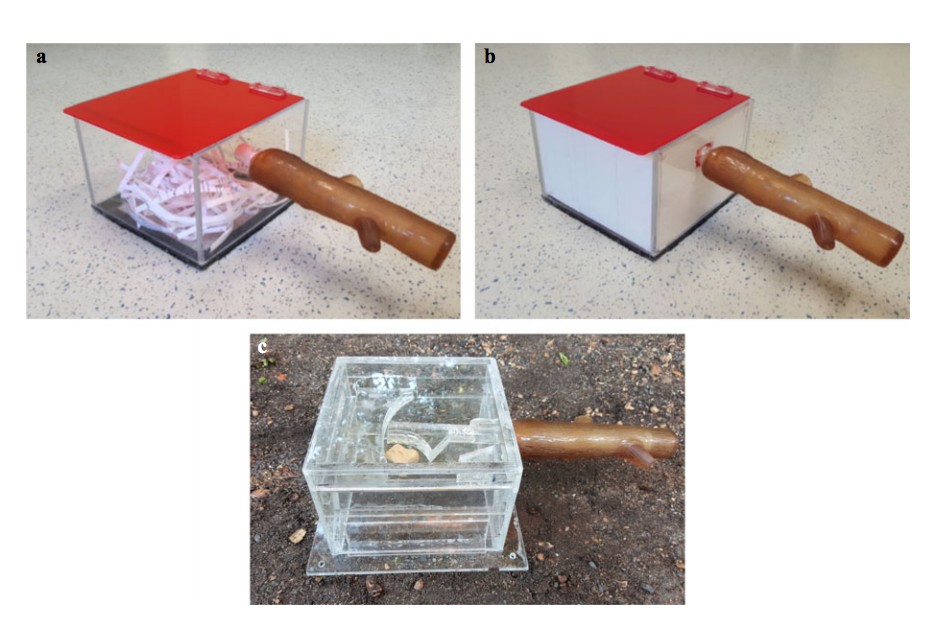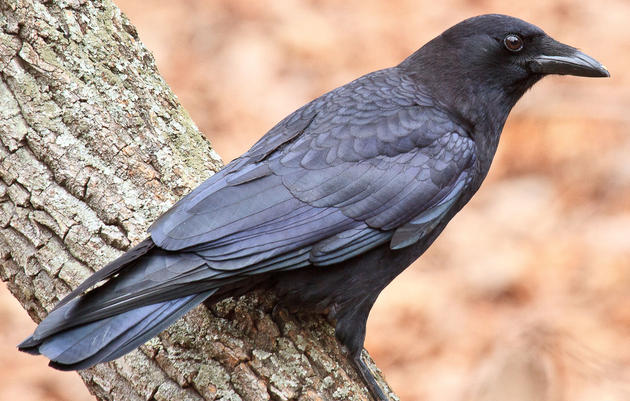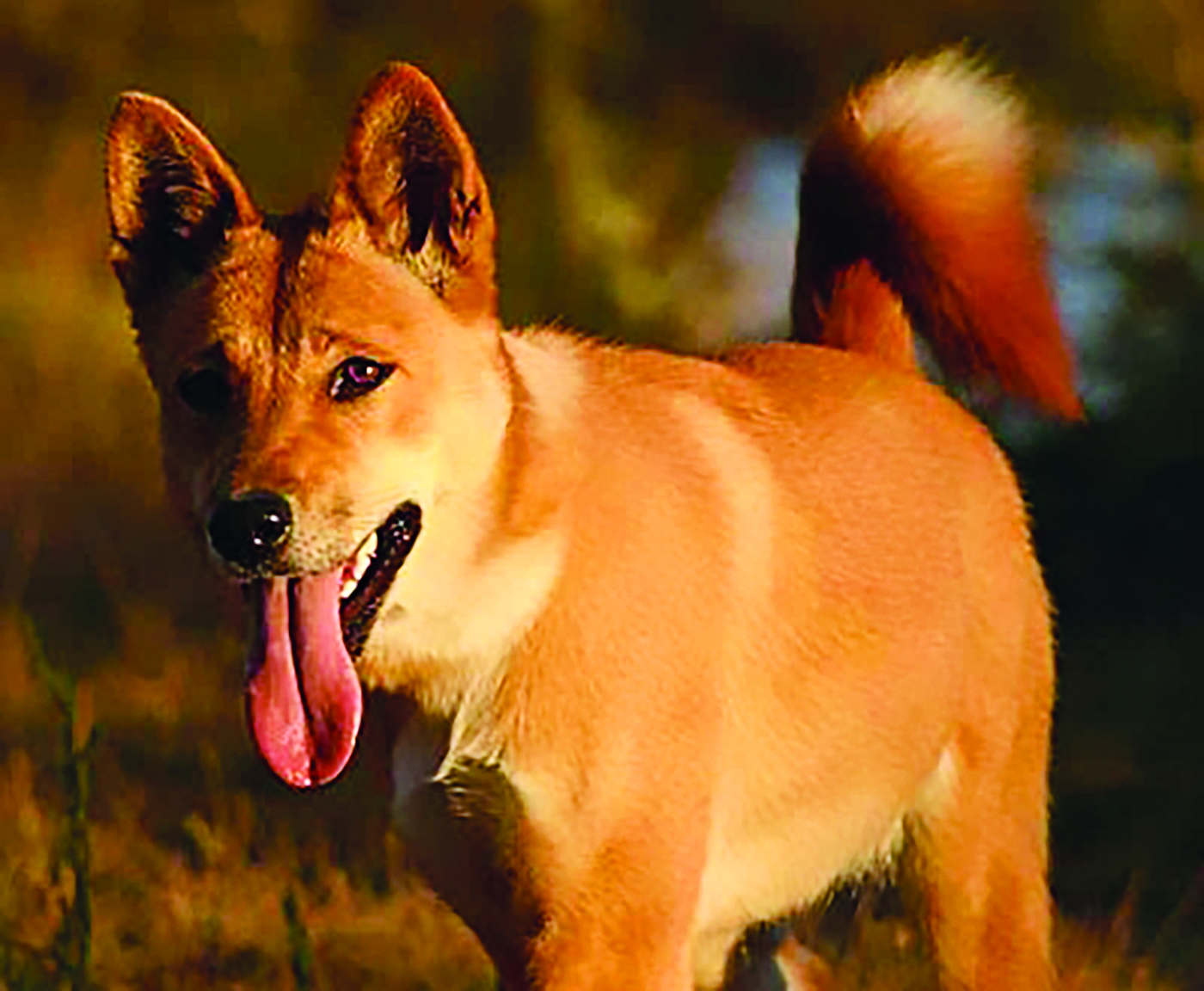When, as a child, we were learning to tie our shoes, we painstakingly followed the directions of our parents or a nursery rhyme. When we were picking up dining etiquette, we carefully observed the way others use the utensils. When we navigate our first day at school or at the workplace, we are quick to do as our colleagues do. Imitation is the foundation of our socialization. But sometimes, our tendency to replicate others extends beyond necessary or efficient actions, a phenomena scientists call overimitation.
Overimitation is a human-specific form of social learning in which we faithfully copy irrelevant actions. It is largely responsible for the ability of our species to have so many rich cultural traditions and advanced technology, because we are able to handle more information by accepting the way that other people behave.
The purpose of a recent Yale study was to explore whether dogs and dingoes also display overimitation. There are many reasons to expect that dogs might follow human cues. For one, they follow human gaze and directions and studies have repeatedly shown that dogs are prone to look for a human lead. Surprisingly, the results revealed that canines do not display this behavior, suggesting that humans are the only species to demonstrate this behavior.
The merits of overimitation
One of the most obvious drawbacks of overimitation is that it can cause a person to be misled. However, the benefits are much greater. Consider activities as mundane as washing your hands or brushing your teeth. It is important for health reasons that young children replicate these behaviors at a young age, regardless of whether they understand the reasoning behind the action.

Thinking even further back, consider the Stone Age: Learning how to start a fire may have been more likely to persist because individuals had a tendency to overimitate the demonstrator. A stick must be spun quickly for a long time in order to create a spark. If the learner did not have the inclination to continue spinning the stick, despite its apparent uselessness, then they may not have been able to start a fire. Without the ability to start fire, our species would not have moved on to designing simple machines and advancing technology.
Overimitation may also be particularly responsible for the depth and longevity of human culture. Other species do not have traditions. Humans maintain rituals by passing their knowledge on through generations, although it might not be necessary or relevant. Consider religious practices or decorative dressing that have survived for centuries; without overimitation, these practices could have been discarded as ornamental and extraneous.
A drawback of overimitation is that it can sometimes constrain our exploration. Overimitation may dampen human trial and error behavior, while other species are more inclined to engage in this behavior because they do not automatically accept the information others have given them.
Canine independence
At the Canine Cognition Center at Yale, Professor Laurie Santos, PhD candidate Angie Johnston, and research assistant Paul Holden explored whether dogs displayed overimitation. Dingoes were studied similarly at the Dingo Discovery Center (DDC) in Australia. Dogs were then compared to dingoes, a closely related but non-domesticated species, in an effort to explore the role of domestication.
In four different trials, animals were tasked with opening a box to retrieve the treat inside. These boxes, which Holden designed at the Yale Center for Engineering Innovation and Design, were equipped with a lever on the side and a treat underneath a flip lid. Although the flip lid was necessary for getting the treat, the lever was completely ineffective. At the beginning of each test, a human completed both the relevant and irrelevant steps in the process of opening the box three times as a display for the animal. The box was considered solved if the animal was able to retrieve the treat.

Results showed that the dogs and dingoes filtered out the irrelevant lever action, even though it was demonstrated to them. With each of the four tries the test subjects had with the box, the rate of using the irrelevant lever decreased, and the rate of solving the box increased. This indicated that both species of canines were learning which actions were relevant and which actions were irrelevant based on their own learning experiences, rather than overimitation tendencies.
Although neither canine species displayed overimitation, there were differences in the two species. “Dingoes were using the lever less than dogs,” Holden said. “At first glance, dogs and dingoes look quite similar, but they’re actually very different.” Dingoes are clever problem solvers because they are more attentive and independent, Johnston added. Dogs have become domesticated over time due to their companionship with humans, and therefore they tend to look toward their human more often when a problem arises. As dogs have come to rely on humans more, they may have also become less adept at independent problem solving, which might explain why they used the lever more frequently than dingoes.
A human behavior
The brain mechanism behind overimitation is not yet well understood. Although it is outside the scope of Santos’s psychology lab, other researchers are exploring the complex brain processes that control decision-making and overimitation.
Unfortunately, outside of dogs, dingoes, and chimpanzees, not many species have been tested for overimitation behavior. Dogs were selected as a species to study specifically at Yale because they are highly social. Chimpanzees have previously been studied because of their high intelligence and social tendencies. Scientists assume that since the closest relative to the human, the chimpanzee, does not display this behavior, it is human specific. The absence of overimitation in chimpanzee behavior also indicates that humans evolved this trait sometime within the last seven million years since our species diverged.
Corvid species, which include birds and crows, may be valuable to explore next, as they are also very intelligent creatures. “Most animals exhibit innate behaviors that they’ve developed over many years of evolution,” Johnston said. For example, think of squirrels who bury nuts every winter.

So, if not from overimitation, how do other species pass on information? Johnston explained that animals learn through observation, as opposed to the intentional instruction method of passing information like humans. Some information, such as locomotion, is instinctual. “It’s not that other animals can’t imitate, it’s just that they only do it when they need to, whereas humans tend to do it much more often than necessary. Animals are better at prioritizing the information they really need,” Johnston said. While humans have complex technology and intricate cultural practices, other species have more basic tasks that they can typically address on their own. Our species is the only one with a culture that forces us to rely on others.
There are two general hypotheses about the driver of human overimitation. The first is that humans can’t help but overimitate. The second is that humans assume that the actions they observe are the culturally appropriate way to behave. “My thoughts are that it’s really a combination of both of these hypotheses that cause humans to overimitate,” Santos said.
Overimitation, for better or worse, seems to be a distinctly human behavior. It assists our species to pass on complex cultural information and maintain a high degree of advanced technology. It certainly appears that overimitation is one of the reasons that humans differ so greatly from all other species. In other words, overimitation is another answer to the question of what makes us human.
Further Reading: Horner, V. & Whiten, A. “Causal Knowledge and Imitation/emulation Switching in Chimpanzees (Pan Troglodytes) and Children (Homo Sapiens).” National Center for Biotechnology Information. U.S. National Library of Medicine, July 2005. DOI: 10.1007/210071-004-0239-6.
About the Author: Anna Wujciak is a senior Biomedical Engineering Major in Saybrook College. She works in Jay Humphrey’s lab studying cardiovascular biomechanics and is a member of the Women’s Club Water Polo Team.
Acknowledgments: The author would like to thank Laurie Santos, Angie Johnston, and Paul Holden for their time and passion for their research.
Cover image: Dingoes look very similar to dogs. Yet, there are stark differences, but physical and psychological, between the two species of canines. Image courtesy of the Dog Breed Info Center

